Insightful. Inspiring. IPM CPD event ‘Public Art: How to do it well’ draws positive feedback

“BRAVO. Really inspiring!”
“I get so much learning and inspiration from IPM webinars, this one was top notch!”
Just two of the very positive feedback comments on our latest IPM professional development webinar: ‘Public Art: How to do it well.’
We brought together local authority, BID and creative practitioners to share their experience of public art projects and outline the benefits in terms of the ‘look’ and attractiveness of their places to residents and visitors, the economic impact and importance to their communities. They also talked about the challenges they’ve tackled.
Key learnings from the session?
- Local leadership to make these initiatives happen can come from anywhere;
- Partnership development and collaboration makes a huge difference;
- Art activation can be a great way to promote the economic, social, community and cultural value of a place, and to change perceptions;
- The choice of artists and support for them is crucial;
- Factoring in a budget for repairs and maintenance is a important.
To start, the Cheltenham Paint Festival with Helen Mole, head of place marketing and inward investment at Cheltenham Borough Council and festival director and artist Andy ‘Dice’ Davies, both emphasising the importance of collaboration in planning, funding, and running the event. “Cheltenham Borough Council,” said Helen, “believes the importance of culture cannot be underestimated”, and that the positive impact on the economy is clear: “We know we get more visitors that weekend and that more people stay in hotels here, but also that people come year-round to see the artwork, download the app or pick up a map.” The Council’s support for the festival included offering one of its car parks that had suffered from anti-social behaviour as one of the locations.
Andy recalled the beginnings of the festival with a small group of friends doing smaller pieces in an underpass, and highlighted the support they give to artists with the various costs of staying in town and taking part, to help make involvement viable for them. He also shared really valuable insights for placemaking colleagues considering similar initiatives on raising funds (including crowdfunding), choosing locations (especially in a town with a significant number of listed buildings), and difficult issues like the balance between the art being permanent and staying fresh. “The Council,” he said, “have been wonderful.”
Staying with the wall art theme, Ross Grant, project manager at Aberdeen Inspired BID, shared the story of the iconic annual Nuart Aberdeen Festival, which began in 2017 and is viewed widely as one of the best curated street art festivals in the world. “Combining Scotland’s largest murals and some of the smallest works,” Ross said, “the festival has managed to deliver legacy far beyond the murals created and in changing public perceptions in and about the city, about widening access and participation in art and improving public space.”
He showcased the range of community activity that’s part of the festival including older people (“Graffiti Art for Grannies”) and schoolchildren working on a range of surfaces from walls to utility boxes. Ross echoed the word from Cheltenham on economic impact benefits “increased footfall at the time of the festival and year-round” but also the positive effect on experiences and perception.
Matthew Sims, Chief Executive of The BID Foundation member, Croydon BID, introduced ‘Croydon Stands Tall’ – a free 10-week art trail featuring 30 giant giraffe sculptures and 30 baby giraffe sculptures sited across Croydon town centre! Each of the 30 large giraffe sculpture were decorated by an artist and sponsored by local businesses; the baby sculptures were created by local schools and community groups. Visitors were invited to pick up a trail map, download the app and navigate a trail. And in a final, major contribution to community, the giant giraffe sculptures are auctioned off at a special event to raise funds to support charity partner, Crisis Skylight Croydon.
Matthew described the project, inspired by the international Wild in Art organisation, as “a mammoth exercise in collaboration” and “the greatest challenge we’ve taken on in my 10 years.” He set out its objectives as “encouraging people to visit and stay, to increase dwell time, spend more money if they can, and leave with the most positive feeling,” and from an organisational perspective as “we wanted to be able to involve everybody we possible could.”
Our 4th speaker, Belinda Dillon, programme manager for Creative Arc and partnership & development manager at Exeter Culture, talked about ensuring that individual practitioners, organisations and initiatives in the sector can play a key role in Exeter's place-shaping strategies and ambitions.
Creative Arc is a strategic collaboration between the University of Exeter and Exeter City Council to create a programme and network focusing on cultural innovation to shape place. They co-commission and advise on public art through arts and culture development programme, Exeter Culture.
Belinda emphasised the importance of community engagement and avoiding the “doing to” perspective that sometimes can be a criticism levelled at public authority initiatives. The potential for vandalism, damage to the art works, which became a theme of the webinar’s Q&A conversation offline, was, Belinda said, another factor to consider, stressing the importance of including a budget for repairs and maintenance at the planning stage.
Among the range of projects Belinda showcased was Trade & Exchange from which the image of artist Naomi Hart creating her piece ‘Shell’ (live-painted on a window using ‘chalk’ created from ground shells and lemon juice) in an empty shop unit, was used as one of those to promote the webinar. An example of public engagement in the future of highstreets, the project saw more than 1500 people involved, 350 of them reimagining the high street using Lego models. Exeter is just about to launch the 2nd iteration of the project, with two more empty shop windows as canvasses for new original work.
Throughout the webinar, Chair, IPM Membership Co-ordinator Rachael Nickeas, invited delegates to contribute to the conversation using the Q&A function and invited our speakers to respond offline. Questions and comments included: visitor numbers, return on investment, challenges to planning, maintenance, or replacement of the works over time, how to choose the artists, accompanying talks and trails, and the health benefits of public art. An interesting conversation developed in the thread about a challenge many such projects face, that of damage to the art, and various contributors, including our speakers, shared ideas on potential mitigations.
This was an online event for IPM members only with attendees accredited for professional development worth 90 CPD points.
Pictures:
|
Aberdeen |
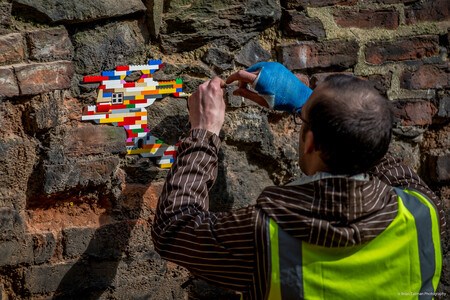 |
|
Aberdeen |
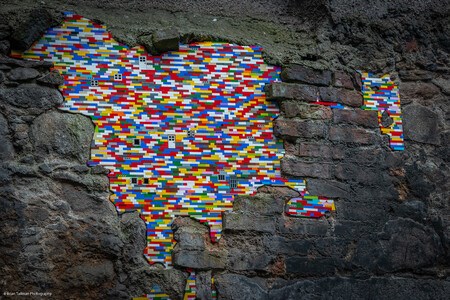 |
|
Croydon |
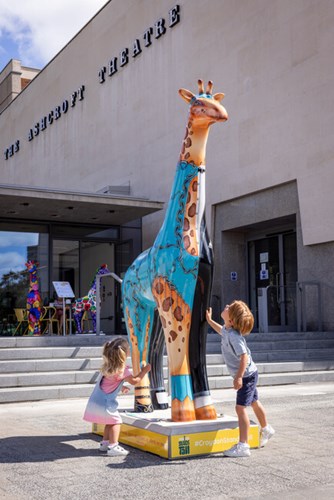 |
|
Exeter |
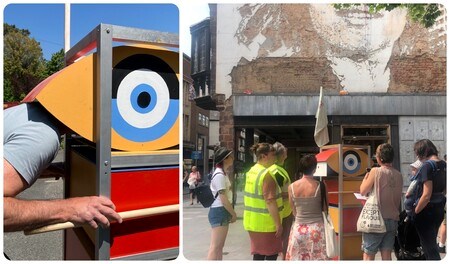 |
|
Cheltenham |
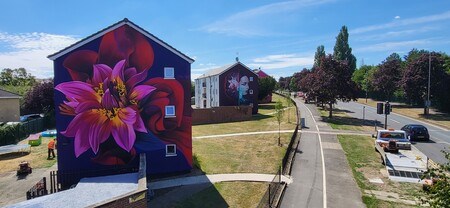 |
Web and Social Media connections
Cheltenham Paint Festival
https://www.cheltenhampaintfestival.co.uk/
Nuart
Nuart Aberdeen 2023 ; Nuart Aberdeen - Graffiti Grannies ; Jon Reid : Art Chats
Croydon Stands Tall
https://www.croydonstandstall.co.uk/
Exeter Culture / Creative Arc
www.exeterculture.com / https://www.creativearc.co.uk/
Picture credits: (Cheltenham) artists Sophie Mess and Jody Artist Bristol, image Andy ‘Dice’ Davies; (Aberdeen – drawing on use of Lego which was one of the threads in the webinar). (Croydon) credit Photographer: Glenn Foster; (Exeter) Exeter Mobile Art School – commissioned by Art Work Exeter to promote dialogue about the city’s public art. photo credit: Art Work Exeter.
